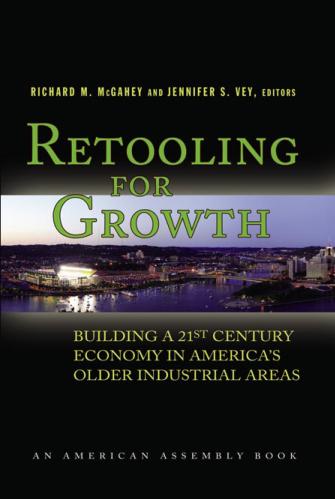Studies in this week’s Hutchins Roundup find that close to 40 percent of multinational profits are shifted to tax havens each year, supra-national institutions make EU markets more competitive than their U.S. counterparts, and more.
Want to receive the Hutchins Roundup as an email? Sign up here to get it in your inbox every Thursday.
Close to 40 percent of multinational profits are shifted to tax havens each year
A common justification for reducing corporate tax rates is that it will attract investment and boost the wages of local workers. But Thomas Tørsløv and Ludvig Wier of the University of Copenhagen and Gabriel Zucman of the University of California, Berkeley find that lower taxes lead companies to shift paper profits to low tax countries, but have little effect on the location of real investment. As a result, low corporate tax rates primarily benefit wealthy shareholders rather than workers. This suggests that cutting corporate tax rates, as the United States did in 2017, is unlikely to generate a quick positive effect on wages, they argue. They estimate that multinational companies shifted close to 40 percent of their international profits to tax havens in 2015, reducing global corporate tax revenues by around 10 percent. Profit shifting also distorts macroeconomic statistics: Adjusting for profit shifting reveals that the European corporate capital share rose by twice as much as recorded in national account data since the 1990s and that a quarter of the United States’ recorded trade deficit is an illusion of multinational corporate tax avoidance, the authors say.
Supra-national institutions make EU markets more competitive than their U.S. counterparts
Using data on profits and market concentration, Germán Gutiérrez and Thomas Philippon of New York University find that U.S. markets were more competitive than European markets until the 1990s, but today European markets have lower concentration, lower excess profits and lower barriers to entry. The authors attribute this shift to the design of European Union (EU) regulatory institutions in the 1980s and 1990s in the run up to the creation of the European Single Market. They show that these institutions are more independent than their U.S. counterparts and the national institutions they augmented or replaced within the EU. This enhanced independence has led to more stringent antitrust enforcement and product market regulation, explaining part of the relative rise in concentration and market power in the U.S. The authors argue that the effectiveness of the EU institutions reflects the fact that politicians tend to grant supra-national bodies more political independence so that no one country can assert influence over them.
QE may not have been as effective as some studies suggest
The basic approach used in the literature to study the effects of the Federal Reserve’s quantitative easing (QE) is to examine changes in bond yields on a handful of key dates where the Fed clearly moved markets. David Greenlaw of Morgan Stanley and co-authors argue that this approach is unlikely to capture the sustained, full impact of QE. The authors use two different approaches to identify a broader set of news days—one which counts any day with an FOMC announcement, release of minutes, or policy-related speech by the Fed chair, and one which counts any day with large changes in bond yields which the business press attributed to Fed policy. Using either approach, they find that Fed policy was not a dominant determinant of bond yields during 2008 to 2017 and that, whatever the initial impact of a Fed announcement on bond yields, the effect tended not to persist. The results suggest that QE may not have been as effective as suggested by previous studies, the authors say.
Chart of the week: Prices and wages have increased by the same amount since last May
 Quote of the week:
Quote of the week:
“The unemployment rate declined over the past two months and stood at 3.8 percent in May — its lowest level in nearly 2 decades. … As you can see in our summary of economic projections, the median of committee participant’s projections for the unemployment rate stands at 3.6 percent in the fourth quarter of this year and runs at 3.5 percent over the next two years, a percentage point below the median estimate of its longer-run normal rate. … In terms of unemployment, you know you have to acknowledge that … no one really knows with certainty what the level of the natural rate of unemployment is, the rate that is sustainable over a long period of time. And we know … that probably that rate has declined as the U.S. population’s become more educated, as it has become older. Older and more educated people have lower unemployment rates, we don’t know with precision,” says Jerome Powell, chairman of the Federal Reserve.
“We’re not waiting for inflation to show up, we’re going ahead and moving gradually and trying to navigate between two risks really. One would be moving too quickly, inflation never gets back to target. If we do that — and the other is moving too slowly, and then … we have too much inflation, more financial instability, we have to raise quickly and … that can also have bad outcomes.”
The Brookings Institution is committed to quality, independence, and impact.
We are supported by a diverse array of funders. In line with our values and policies, each Brookings publication represents the sole views of its author(s).










Commentary
Hutchins Roundup: Multinational profit shifting, competitive EU markets, and more
June 14, 2018